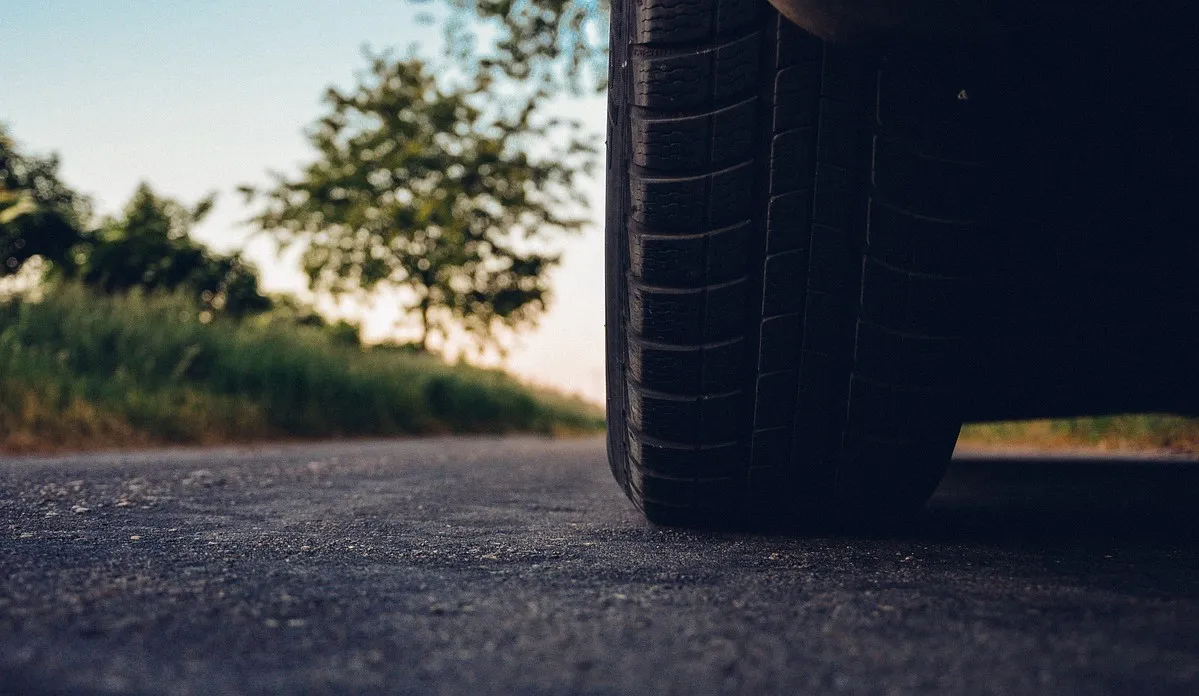- Courses
- GS Full Course 1 Year
- GS Full Course 2 Year
- GS Full Course 3 Year
- GS Full Course Till Selection
- Online Program
- GS Recorded Course
- NCERT (Recorded 500+ Hours)
- Polity Recorded Course
- Geography Recorded Course
- Economy Recorded Course
- AMAC Recorded Course
- Modern India, Post Independence & World History
- Environment Recoded Course
- Governance Recoded Course
- Science & Tech. Recoded Course
- International Relations and Internal Security Recorded Course
- Disaster Management Module Course
- Ethics Recoded Course
- Essay Recoded Course
- Current Affairs Recoded Course
- CSAT
- 5 LAYERED ARJUNA Mentorship
- Public Administration Optional
- ABOUT US
- OUR TOPPERS
- TEST SERIES
- FREE STUDY MATERIAL
- VIDEOS
- CONTACT US
India Sets Up the First Diabetes Biobank in Chennai
India Sets Up the First Diabetes Biobank in Chennai
19-12-2024

- In December 2024, India has taken a major step in addressing its growing diabetes crisis by establishing the country’s first-ever diabetes biobank in Chennai.
- This initiative is a collaboration between the Indian Council of Medical Research (ICMR) and the Madras Diabetes Research Foundation (MDRF).
- The biobank aims to support advanced research into diabetes and contribute to finding better treatments for this chronic health issue.
Key Points:
1. Purpose and Importance of the Biobank:
- What is Biobank?
The diabetes biobank will collect, store, and distribute biological samples (such as blood samples) from individuals with different types of diabetes. - It will help in scientific research aimed at understanding the causes of diabetes, its different types in India, and related health disorders.
- Research Goals:
- To study the causes of diabetes and how it develops in different populations.
- To explore the variations of diabetes seen in India, including the Indian type of diabetes.
- To help with early diagnosis, find new biomarkers (biological signs) for diabetes, and develop personalized treatments.
- To track how diabetes progresses over time and help in better management and prevention.
Collaboration and Leadership:
- The biobank was created by the ICMR in partnership with the MDRF, and its creation was led by Chairman of the MDRF.
- He explained that the process of setting up the biobank began two years ago and has now been successfully completed.
- This effort aims to advance research and find better ways to treat diabetes, contributing not only to India’s healthcare but also to the global fight against diabetes.
Research Studies Supporting the Biobank:
- The biobank contains blood samples from two major studies:
- ICMR-INDIAB Study:
- This study, conducted from 2008 to 2020, is one of the largest in India on diabetes.
- It included over 1.2 lakh participants from across India, including both urban and rural areas.
- The study gives a nationally representative dataset on diabetes and other metabolic diseases.
-
Registry of People with Diabetes in India at a Young Age at Onset:
- Launched in 2006 and still ongoing, this study focuses on young people diagnosed with diabetes.
- It has enrolled 5,546 participants from 205 centres linked to cancer centers in India.
- This research helps in studying youth-onset diabetes, a growing concern in India.
India: The Diabetes Capital of the World
- India is often called the "diabetes capital of the world" because it has a high number of diabetes cases.
- According to the ICMR-INDIAB study, India has more than 10 crore diabetes cases and 13.6 crore prediabetes cases, making it the country with the largest diabetic population globally.
- Despite the large number of people affected, awareness about diabetes is still very low in India.
- The study found that only 43.2% of Indians have heard of diabetes, indicating a critical need for awareness campaigns and education programs.
- The study also pointed out that less than 10% of Indians engage in physical activities, which contributes to a sedentary lifestyle.
- This lack of physical activity is one of the major reasons behind the rise in diabetes cases.
- The diabetes rate in India has increased significantly over the years:
- For women, diabetes prevalence increased from 11.9% in 1990 to 23.7% in 2022.
- For men, it went from 11.3% in 1990 to 21.4% in 2022.
- Age of Diagnosis:
The average age of diagnosis is:- 12.9 years for Type 1 diabetes.
- 21.7 years for Type 2 diabetes.
Challenges of Untreated Diabetes in India:
- A study published in 2022 by The Lancet revealed that about 62% of diabetics in India, or roughly 13.3 crore people, are not receiving treatment.
- This situation worsens the health crisis in the country.
- According to Dr. Sachin Kumar Jain, a prominent endocrinologist, early detection and continuous care can greatly improve diabetes outcomes.
- He highlighted the need for collaborative efforts between government bodies, healthcare professionals, and community organizations to manage diabetes more effectively across India.
Global Diabetes Statistics:
- After India, China has the second-highest number of diabetics, with about 14.8 crore people affected.
- Other countries with large diabetic populations include:
- United States: 4.2 crore diabetics.
- Pakistan: 3.6 crore diabetics.
- Indonesia: 2.5 crore diabetics.
- Brazil: 2.2 crore diabetics.
Conclusion:
India’s first diabetes biobank represents a significant step in the country’s efforts to tackle the growing diabetes problem. By collecting and studying biological samples, the biobank will help researchers understand why diabetes is rising in India and develop better diagnosis and treatment options for people affected by the disease.

| Also Read | |
| UPSC Prelims Result | UPSC Daily Current Affairs |
| UPSC Monthly Mgazine | Previous Year Interview Questions |
| Free MCQs for UPSC Prelims | UPSC Test Series |
| ENSURE IAS NOTES | Our Booklist |



